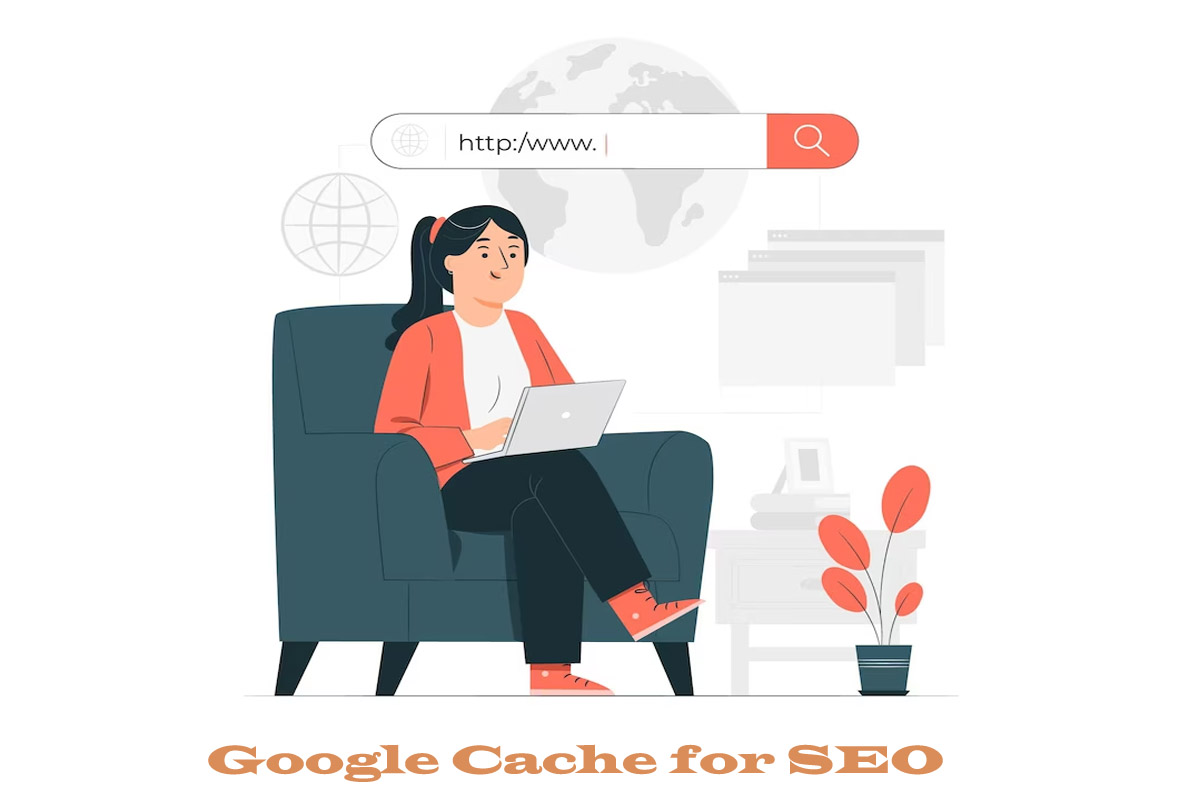Google Cache for SEO
Google Cache for SEO is crucial since Google Cache refers to stored versions of website pages that are indexed by Google search engines. The cache saves the snapshot of the web page’s content, images, and other resources when the page is crawled on Google.
Before starting, it is important to note that focusing solely on it will only improve your SEO rankings indirectly. Other SEO factors, such as relevant content, quality backlinks, mobile-friendliness, and page speed, are more significant in determining search rankings. However, understanding and utilizing Google Cache can provide insights and help improve the overall user experience and accessibility of your website.
What is Google Cache?
Google Cache will help you store a page’s information as a backup. It is an HTML snapshot of your web pages. The page is viewed in the cache as the last it was visited by Google. Since we know Google crawls websites every time we index it with changes made in it.
With the difference in the internet constantly, you need to have a Google cache. And also, web developers keep updating the websites to improve the user experience and improve the overall performance of the website. Apart from this, there are other reasons, like if the page is hacked or been deleted, and you want to access the data here when you can use Google Cache.
How Does it Work?
Crawling: Googlebot, Google’s web crawler, visits websites to discover and gather information about web pages. It follows links on web pages and collects content from these pages, including HTML, CSS, JavaScript, images, and other resources.
After crawling a web page, Google analyzes the collected content and adds the page to its index, a vast web page database. This indexing process helps Google understand the page’s content and relevance to search queries.
As part of the indexing process, Googlebot saves a snapshot or cached web page version. This snapshot includes the HTML code, text content, and other resources like images and scripts. The cached version is stored in Google’s cache storage, a server collection.
When a user searches, Google’s search engine returns a list of relevant search results. If a page from a particular website is included in the search results. The user can click on the link to visit that web page. Occasionally, Google may provide a “Cached” link alongside the search result.
Clicking on the “Cached” link takes the user to the cached web page stored in Google’s cache. This allows users to view the page’s content, even if the original website is temporarily or permanently unavailable or there are issues accessing the live version.
How is Google Cache Important for SEO?
Users can still access the cached version if a web page is temporarily or permanently unavailable. This allows users to view the content even if the original page is down or experiencing issues. Additionally, Google uses the cached version to index the page and understand its content, which can influence search rankings.
When you change your web pages, it takes time for Google’s crawler to revisit and update the indexed content. However, users can still access the cached version of the page during this time. It’s important to note that the cached version may not reflect the most recent changes. But it can still provide valuable information to users and search engines.
If you encounter issues with your web pages, such as content not appearing as expected or errors in rendering, comparing the cached version with the live version can help identify potential problems. It can assist in troubleshooting and diagnosing issues that may impact SEO performance.
Google Cache provides a historical record of web pages over time. This can be useful for SEO analysis, allowing you to compare past versions of your pages and identify any changes that may have affected search rankings or user experience.

